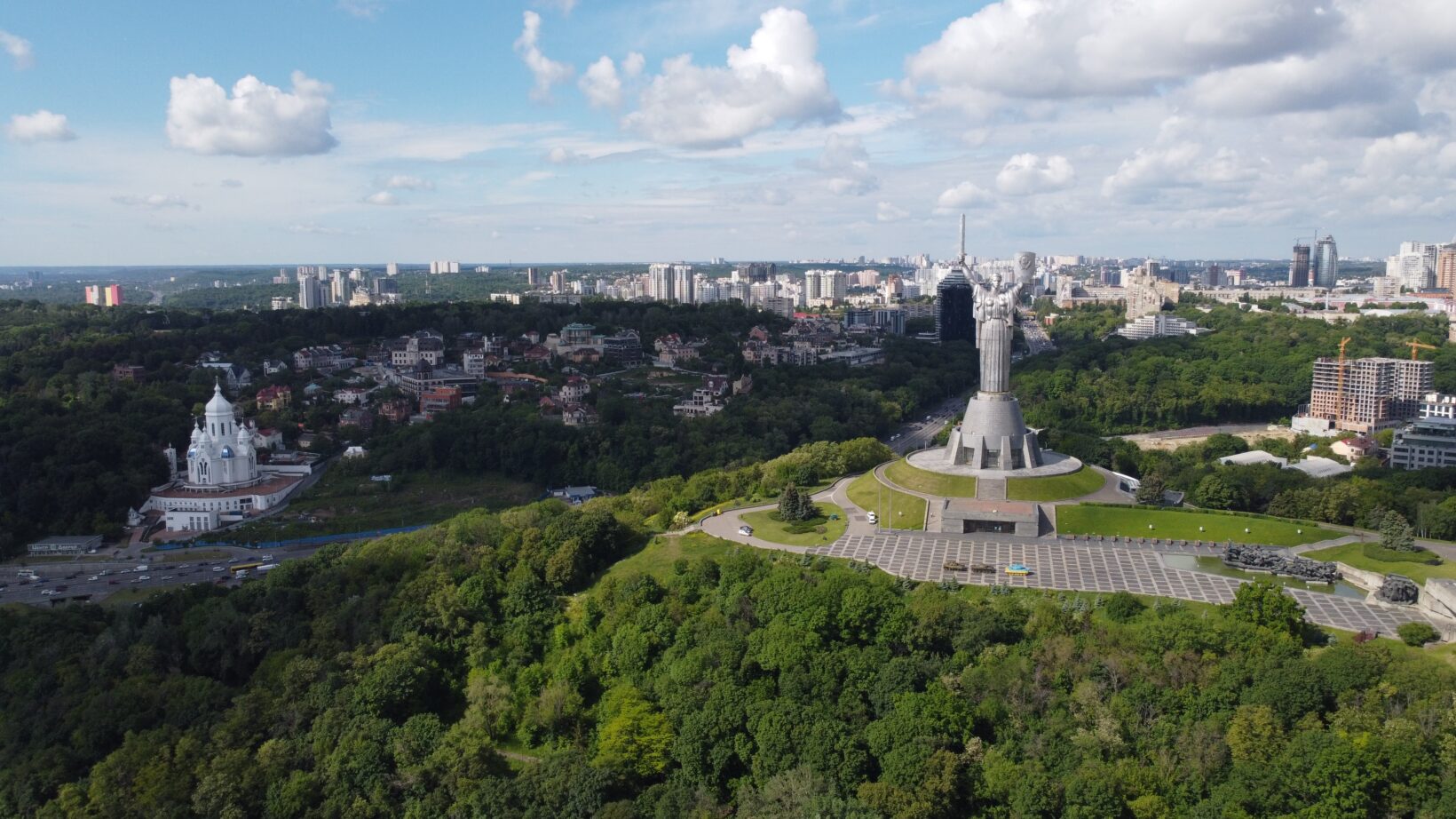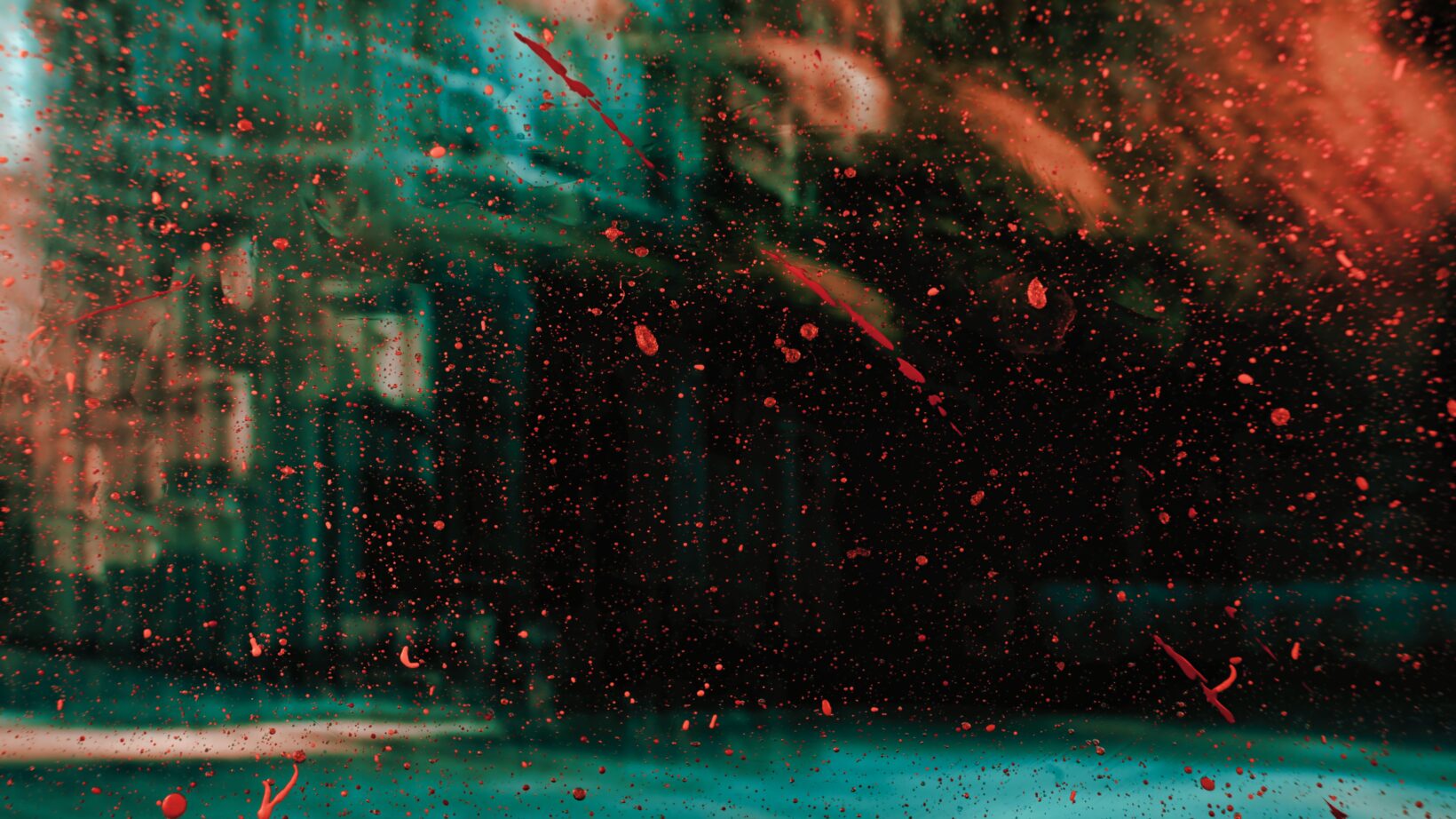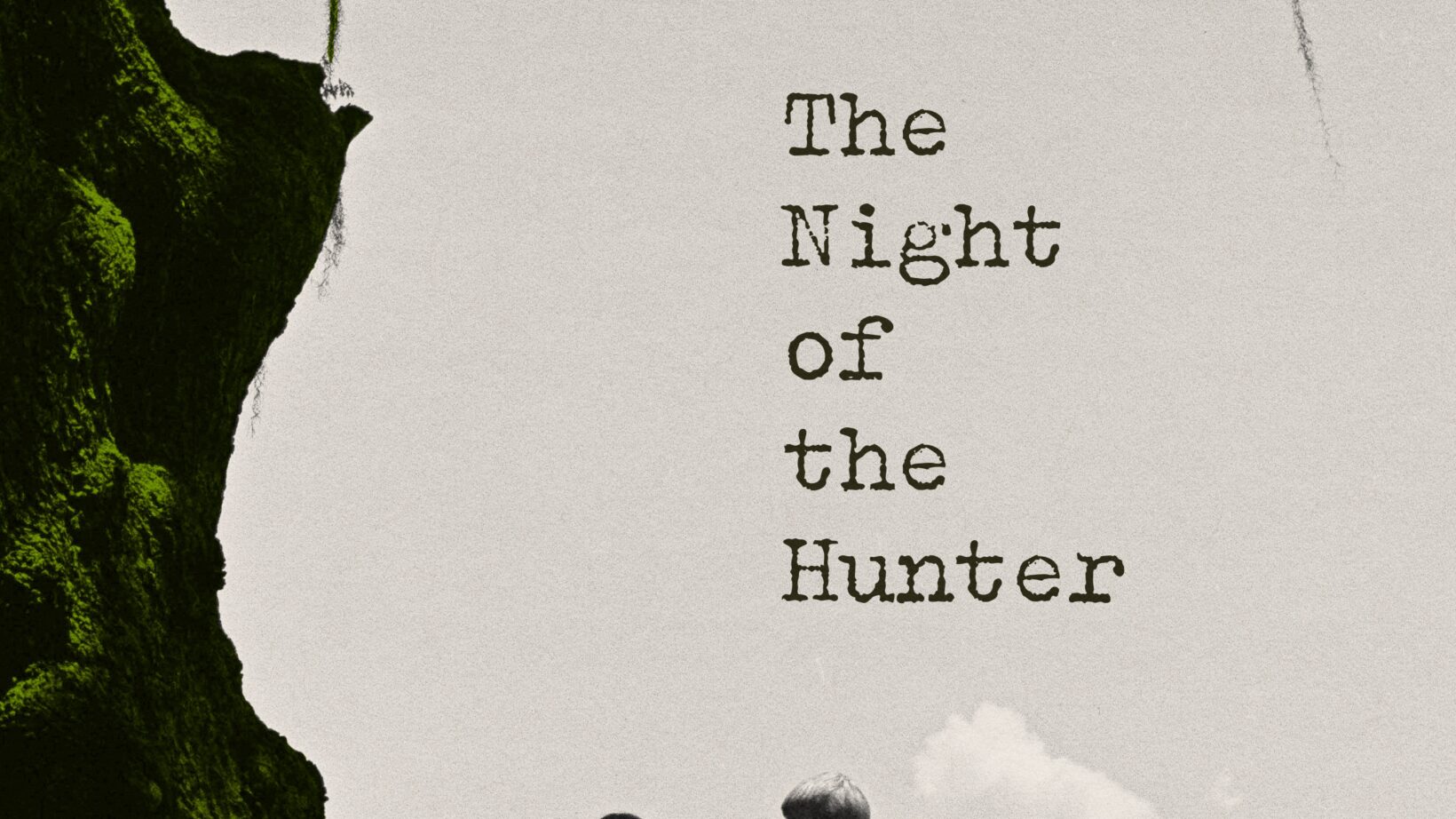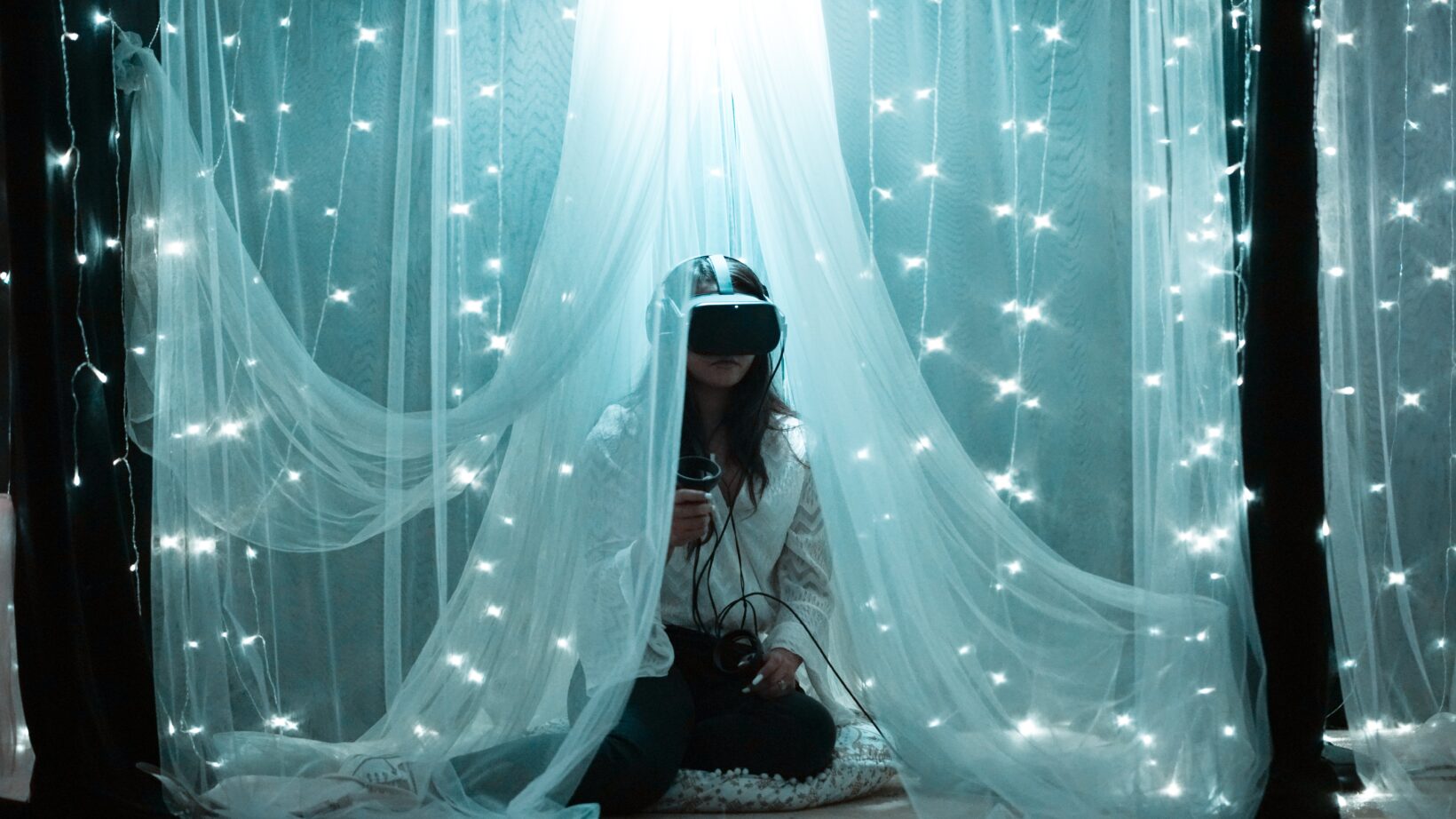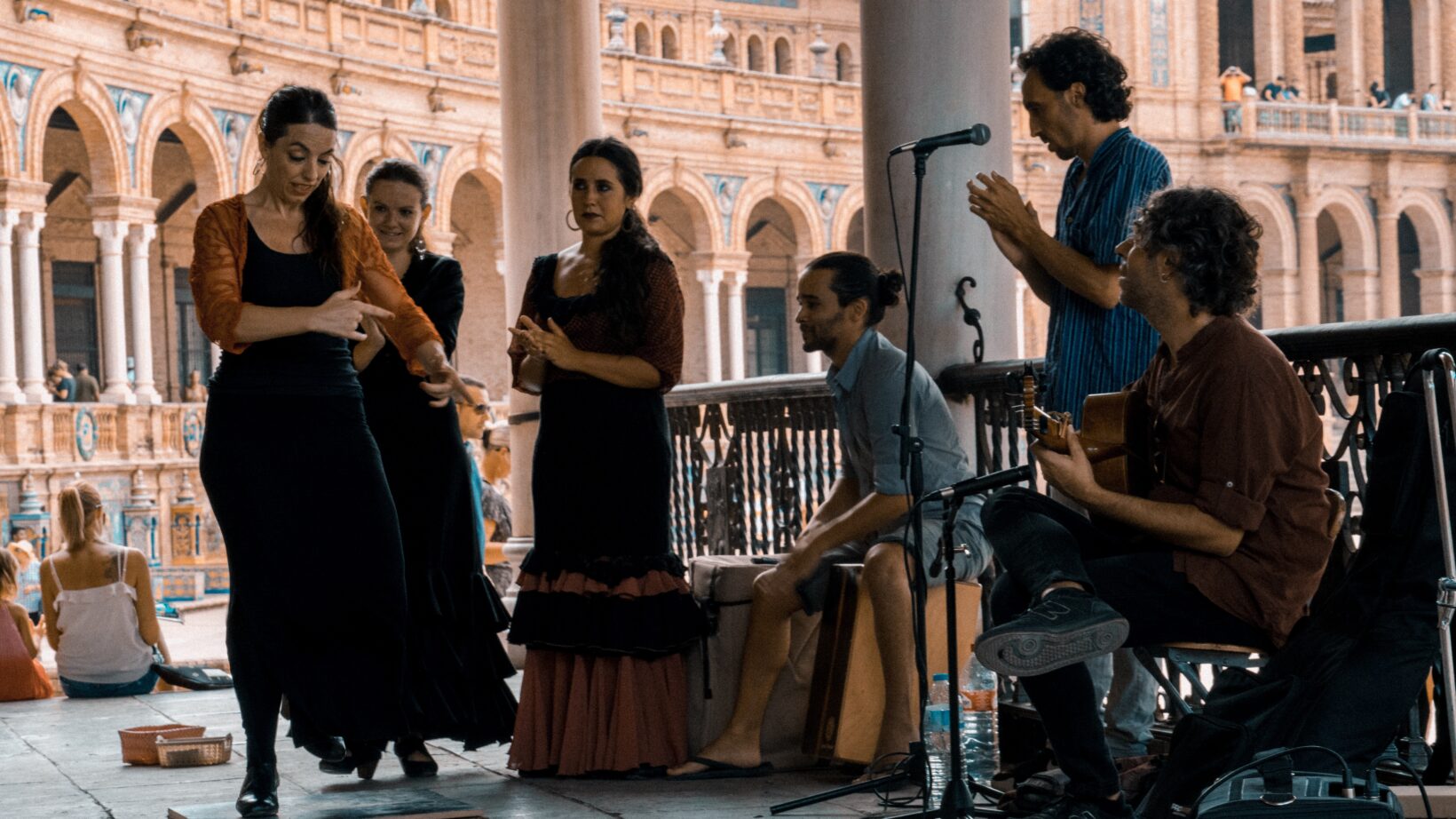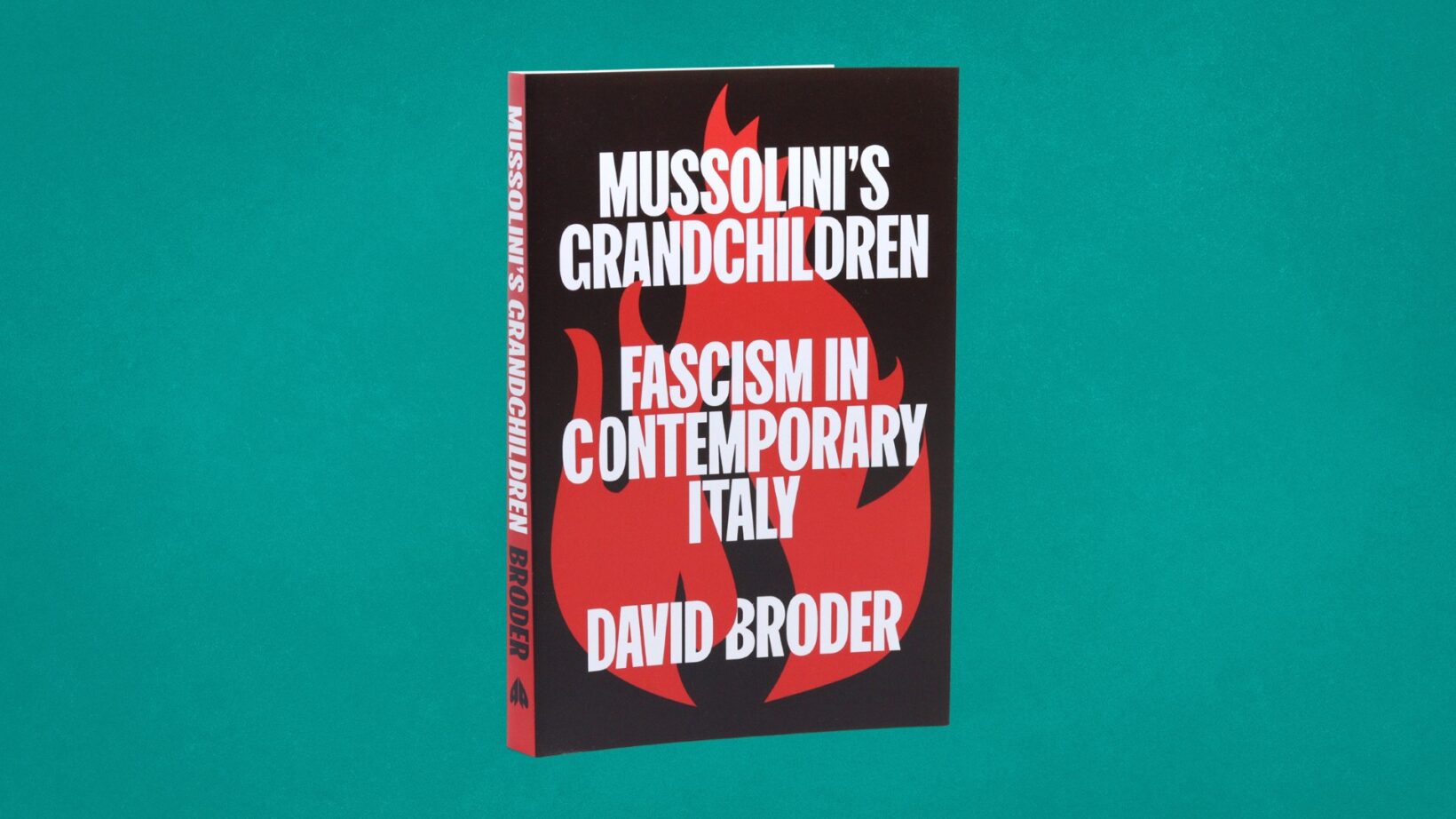The director’s two films Gay USA and Buddies captured the instinctive solidarity and idealism of the early queer liberation movement through a cinema of individual empathy. What makes his movies so powerful?
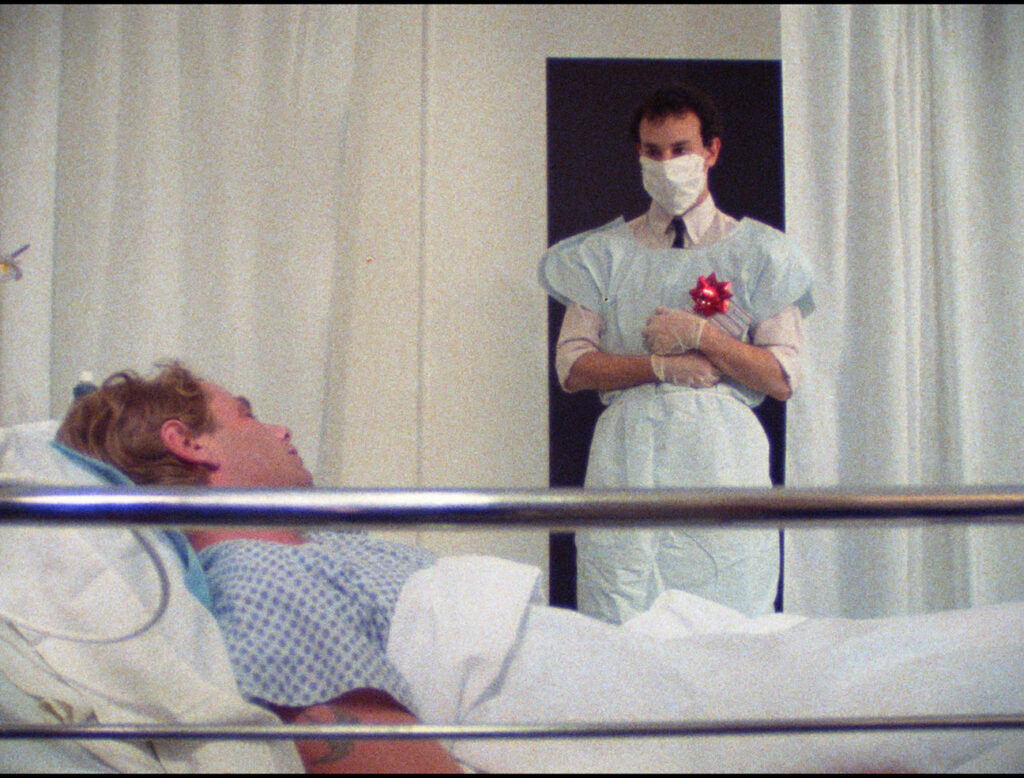
It’s easy for the narratives that define history — and therefore how we go on to understand it — to be defined by the most seismic victories, and heartbreaking losses. To chart a course of progress means to think about history, and its relationship to both the present and future, from a macro, big-picture perspective. Queer history is no different to this; so often, it’s the tentpoles that go on to define both where we are, and how far we have left to go: the Stonewall riots and the birth of what was called, at the time, gay liberation; the immense black hole left behind by the AIDS crisis; more contemporary victories like equal marriage. But the problem with this approach, always looking at the forest instead of the trees, is the fact that it both comes with, and ignores, the human factor in history and the ways in which the world changes. Not just when it comes to remembering the names of those who brought about change, but about the simple, unavoidable fact that many people — anonymous in the eyes of History — have fought and lived and died to change the world.
That’s where the cinema of Arthur Bressan Jr. enters the conversation, the timeline of both queer history and art. His two major mainstream films, Gay USA (1977), and Buddies (1985) are explicitly political works; the former is a panorama of gay pride marches on one day in the summer of 1977, and the latter explores the impact of the AIDS crisis was having on queer communities. But Bressan’s politics, in spite of their Big Ideas, and even the big picture framing of Gay USA, are deeply informed by this idea of humanity; of what it means for normal people to live and die in the name of history. There’s a temptation to oversimplify, to argue that Gay USA is a positive historical document, and Buddies a negative one; but these films are best looked at side-by-side, because their narratives aren’t as simple as being positive and life-affirming on one side (in many ways the ideal response to get from a film about Pride not just as a series of parades but also as a radical concept), and negative and tragic on another. Because Bressan’s politics are so rooted in empathy, the everyday, and the human cost of history, only by looking at the two together can a portrait of not just queer history, but queer humanity, be drawn.
Gay USA is the ideal starting point for exploring Bressan’s politics because it acts as what many would think of as a starting point for queer liberation; post-Stonewall pride marches. An early line of VoiceOver narration (Bressan uses a chorus of voices just like he uses a collage of images) argues that what’s happening is “a sign of gay power, what we can do if we all get together.” The marches that define Gay USA are more explicitly political than contemporary pride parades; there’s no corporate sponsorship or pink pounds here. Instead, there are voices of unseen individuals talking about the need to protest the anti-gay policies of the archdiocese of New York. Bressan’s eye for the historic and kaleidoscopic extends beyond just the queer figures that he focuses on; the opening of Gay USA is a kind of ideological call and response: after one speaker announces something in favour of queer life and liberation, another condemns it. But as a group on a march chant “GAY RIGHTS NOW,” Bressan’s approach to queer history becomes abundantly clear; that without everyone involved, these victories wouldn’t be won, and that to treat the victories themselves as singular, seismic turning points without acknowledging the nature of the individuals, whether they were remembered by history or not, is to do a great disservice. Bressan’s politics are a politics of memory and memorialisation. The series of interviews with those at marches and protests don’t function in a typical documentary way; these people aren’t named or placed within a specific context, they simply talk to the camera about how they relate to the issue of queer rights. Often, those sympathetic to queer causes discuss the idea that when one group loses their rights, all groups do (there are comparisons made to women’s rights, and the right to an abortion, something that feels troublingly prescient). These are a politics of solidarity defined by the act of showing up and doing the work simply because it’s the right thing to do. The imagery of parades and marches across the USA, focusing on groups rather than any individuals, captures exactly what it is that animates history, as well as those that may get lost in its tide.
While it has a much more intimate focus than the panoramic Gay USA, Bressan’s Buddies keeps that level of attention to detail on individuals who lived (and died). The characters in Buddies aren’t designed to be historical figures, simply two men; one dying (Robert), and the other (David) doing all they can to care for him. Robert is more political than David, something that the latter finds to be pointless, referring to Robert’s beliefs as “tired old ideas” in the journal that he keeps of his experience as a buddy (offering care to someone dying of AIDS, someone who has nobody else to help), and in many ways the ghost of Gay USA haunts the new world of Buddies. In April of 1980, the first patient of the AIDS epidemic was retroactively identified as Ken Horne. This schism in queer history comes almost at the midpoint between Bressan’s too films, and the coldness and lack of help that Robert is able to get ostensibly five years after the dawn of the crisis speaks to the silence of so many institutions, one of the things that defined loss of life on such a scale. These institutions are rarely seen in Buddies; David even asks himself “where is the help going to come from?” Knowing all the while that it isn’t a question that he, or anyone else, will be able to answer.
The nature of trying to understand the AIDS crisis means trying to reckon with just how seismic it was, and the impact that it continues to have on queer life. These attempts at knowing are often best done on the macro level; to try and understand it through the role played by those silent institutions, by grassroots liberation organisations, and by direct action (years before the dawn of the crisis, a nameless speaker in Gay USA will argue that there are some rights you can only get by protesting, something that will go on to be proven as tragically true). The politics of Gay USA, the dynamic that exists between direct action, the march of history, and the relative anonymity of individuals, all comes to a head in the final moments of Buddies. David marches, alone, outside the White House, carrying a sign emblazoned with the words “America: AIDS is not a gay illness, its everybody’s problem. Raise all the money for research and care.” Buddies bookended by reams of paperwork moving down the stream, each line containing a name, a date, and a cause of death. For every name shown on screen, the cause of death is AIDS. This is where the memorialising of Bressan’s politics comes to the fore. Buddies is an act of remembering; the deaths detailed on screen by lines of text each took place years before the 1985 release date of the film, and in a way, it’s this film that can keep those names alive, placing them where they belong in the wider narrative of history, but never at the cost of their innate humanity. It’s difficult not to wish for some kind of echo of this in Gay USA, an attempt by Bressan to name those who marched and protested, but it never comes. Maybe it never needs to. When so much of what defined the AIDS crisis was silence (which, of course, equals death), Bressan gives the lost a voice in the only way that he can: by naming them, remembering them. For Bressan, in spite of the literal marching that defines Gay USA, history never feels like something as simple and linear as a march, a journey from one milestone to the next. Instead, they’re defined by humans and acts of humanity; at the heart of Bressan’s politics is solidarity: from the early focus on people from outside the queer community in Gay USA, to the simple act of care and companionship that defines Buddies. Bressan’s films understand that, for all of the grand narratives and gestures that define history, it’s the beating heart of humanity that keeps it alive.
Sam is a writer, and one of the founding editors of Third Way Press. Their writing on culture and identity has been published by Frieze, the LA Review of Books, Neotext, and other places. They have written two books, All my teachers died of AIDS (Pilot Press, 2020), and Long live the new flesh (Polari Press, 2022).
